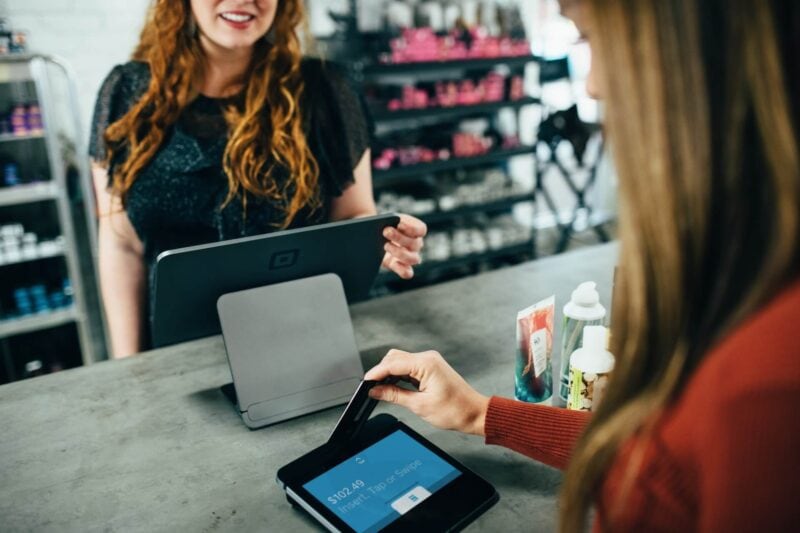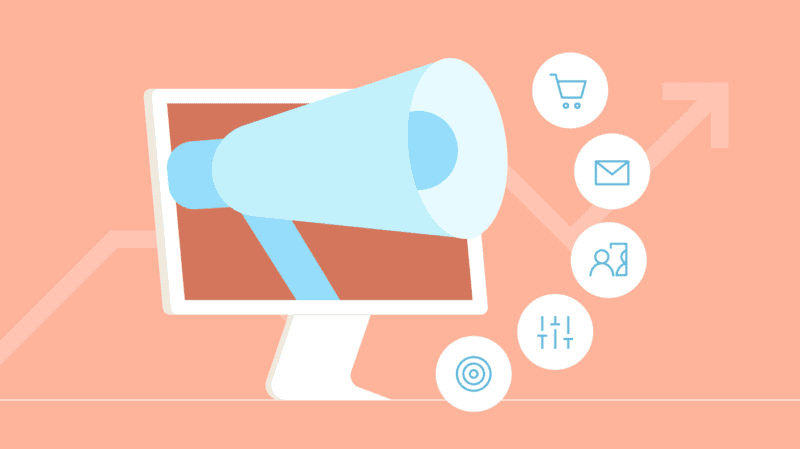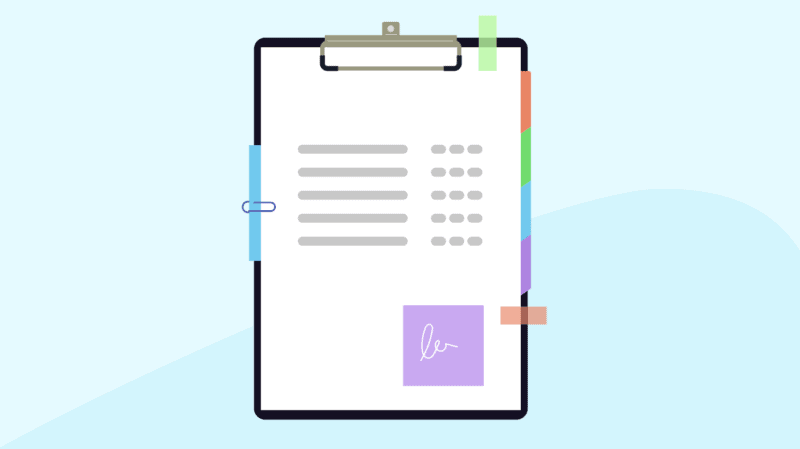Omnichannel Personalization: The What, Why and How of Superior CX

If you’re not personalizing customer experiences and journeys, you’re putting customer relationships at risk. Granted, it’s not always easy — especially omnichannel personalization that requires you to consistently customize experiences across all relevant channels at the same time.
To get there, brands need to go way beyond adding someone’s name to an email. Omnichannel personalization is about anticipating customer needs and delivering on them thoughtfully no matter when, where or how a customer engages with your brand.
According to our CX IQ Index, a consistent experience across all online and offline interactions is the characteristic most prized by consumers under the theme of personalization — 26% rated it as “very important” to CX.
The second-most important characteristic related to personalization? That would be understanding your customers’ needs, which 23% rated as “very important.”
The numbers don’t lie: Omnichannel personalization is worth getting right. Read on to discover how to overcome common obstacles.
Learn how Pandora Media orchestrates customer experiences across different channels in the video below:
Omnichannel Personalization: The What, Why and How of Superior CX
Multichannel vs. Cross-Channel vs. Omnichannel Marketing
Some brands may believe they already have an omnichannel strategy because they engage customers on multiple channels, but there’s a big difference between multichannel and omnichannel (not to mention cross-channel).
While multichannel marketing has become the norm for many brands, most companies are still far from implementing a more advanced omnichannel personalization approach.
Let’s examine the difference:
What is Multichannel Marketing?
This is when a brand engages its customers through multiple channels, but in isolation of one another. There is no back-and-forth between these disconnected channels regarding customer engagement or behavior to inform the next step in the customer journey.
As a result, brand messaging may differ between channels and there’s no consistency across the user experience. This also means that, when switching between channels, the customer must restart their journey (e.g., making a purchase).
What is Cross-Channel Marketing?
Cross-channel marketing is the next level up from multichannel. This is where brands operate across multiple channels that are connected and record customers’ behavior.
As a result, the user journey has continuity and allows the customer to continue their journey from multiple touchpoints. For instance, after making an in-store purchase, the customer receives a post-purchase coupon with a unique discount code via email that they can use on the company website for a repeat purchase.
What is Omnichannel Marketing or Omnichannel Personalization?
Here we reach the top of the pyramid: interconnected and interactive channels that encourage the maximum level of customer engagement with the brand. Omnichannel personalization is about delighting the customer with extra care and attention to detail regarding their wants and needs.
For example, when the customer logs onto the brand’s website to use their unique discount code, they may be met with customized product recommendations generated using data from products browsed on the brand’s mobile application. Further, next time the customer visits a brick-and-mortar store and speaks to a salesperson, the salesperson can view feedback submitted by the customer via social media and recommend a better product based on that feedback.
The future of customer experience (which, ahem, is already here) is hybrid and requires extensive flexibility. Consumers expect customized experiences across every single channel they use to interact with your brand.
The Challenges of Going Omnichannel
So what’s standing in the way of offering your customers consistent, connected customer journeys across all platforms both online and offline? Allow us to break down common obstacles to instituting omnichannel personalization before we dive into solutions:
Disconnected Data
Even if you’re dutifully gathering customer data, chances are it’s siloed and disconnected, preventing you from acting on it consistently and reliably. In other words, nobody has the full picture of the customer profile. This can lead to irrelevant content marketing and other customer retention killers.
Restricted Data Access
When a company doesn’t democratize data, only technical teams can harness it. This is because most existing tools built to access and analyze data are designed for technical professionals (such as IT and data science teams), not business users working in marketing, sales and customer service.
As a result, technical teams are derailed from higher-impact projects as they pull and interpret data for business teams, which in turn are slowed down while they wait — sometimes for months. Meanwhile, customers don’t get the personalized experiences they’re hoping for from your brand (although they might get it from your competitor). Everybody loses.
Lack of Agility
To master omnichannel journey orchestration, relevance and speed are key. This means brands need to be able to leverage the customer segments powered by their customer data platform (CDP) to engage both prospects and existing customers, each at the right time and place, again and again.
Most brands today lack the agility to respond in real time to consumer behavior across multiple channels, and are thus unable to push the relevant offers and recommendations that eager prospects are expecting.
See how e.l.f. Beauty creates connected customer journeys across multiple channels in the video below:
What You Need To Power Omnichannel Personalization
Now that we know what’s standing in the way, let’s evaluate what you need to make your move to omnichannel personalization:
Unified Data (aka Customer 360)
Creating a customer 360 entails generating a comprehensive single source of truth for every customer. A CDP does this by collecting data from first-, second- and third-party sources and unifying it into a single view for each customer (no more fragmented or duplicate customer profiles).
As a result, brands have complete, up-to-date and on-demand customer records they can use to make data-driven business decisions. Data becomes centralized and, when using the right solution, business teams can access it using an intuitive self-service interface.
Data Self-Service
Since customer data is gathered from multiple sources, business teams can get stuck waiting for IT teams to scope and prep it for ingestion. The solution to data silos and latency is customer data platform implementation.
With the right CDP, you can work with your data as-is from the source and enable business teams to analyze and activate it as personalized customer experiences in real time. As a result, for example, business teams can segment audiences to create hyper-segmented (and therefore more personalized) outreach.
And because you can turn all your raw data into a cohesive data set and provide business users with self-service access, you get to expedite business operations and unburden technical teams in the process (contact our CDP experts for a free consultation).
Experience Orchestration
Customer journeys are now more complex than ever before, zigzagging across channels, devices and touchpoints. This makes it hard to personalize experiences when it matters most, but brands must orchestrate both real-time experiences and multi-step journeys or lose out on business opportunities.
On top of this, the anonymous third-party data brands relied on to support personalization is going away, making it more difficult to identify and target consumers without their first-party data. These problems are even more challenging for business-to-business (B2B) brands because, unlike business-to-consumer companies, B2B brands are targeting individual consumers on top of entire buying committees, all of whom have unique behaviors and preferences, as well as lengthier sales cycles.
The death of the cookie means the old tried-and-true strategies and technologies for account-based marketing are becoming obsolete. Brands need a new approach.
To truly understand customers and their needs, brands require accurate, accessible and actionable intelligence that’s centralized: real-time solutions that quickly interpret and activate omnichannel CX based on the full customer view.
Hear how Albertsons Companies powers real-time customer experiences in the video below:
The Benefits of Omnichannel Personalization
Data shows that omnichannel campaigns (via three or more channels) propel a whopping 250% higher purchase rate when compared to single-channel marketing.
And the data tracks, because powering personalized customer experiences across all interactions with your brand in real time means you get to:
- Attract new customers and increase repeat purchases from existing ones, both online and offline
- Inform engagements based on customer behavior to increase conversions and average order value (AOV)
- Display digital ads using both contextual and historical customer information
- Engage prospects who showed interest in contacting your business — e.g., by visiting your “Contact Us” page — but did not take action
- Motivate in-person buyers to make purchases online by driving more interactions digitally
Those are only a few examples of what’s possible, and with the right tools in place, omnichannel personalization shifts from daunting to doable (not to mention profitable).
Omnichannel personalization is so successful because it isn’t about doing the same thing on every single channel and treating them all the same. It’s about creating a consistent customer experience across each channel and tailoring that part of the journey to the specific channel.
One of the benefits is seeing which channels serve which purpose during the buying cycle and which ones are most important to conversions. This enables brands to put more resources behind the channels generating the most fruitful customer interactions.
In fact, ActionIQ customers have lifted conversion rates by 80% and raised AOV by 20%, all by delivering more personalized service and communications using machine learning-powered omnichannel experiences.
The right technology will replace legacy solutions and support organizations’ complex segmentation and omnichannel orchestration needs through agile, automated operations. Brands can then centralize data to uncover insights, map new trends, adapt communication across all channels and streamline coordination — all in the service of delivering exceptional omnichannel CX.
Learn More About Powering Omnichannel Personalization
Download the CDP Market Guide to see how your company’s technical and business teams can take full advantage of your customer data and transform how you do business.





